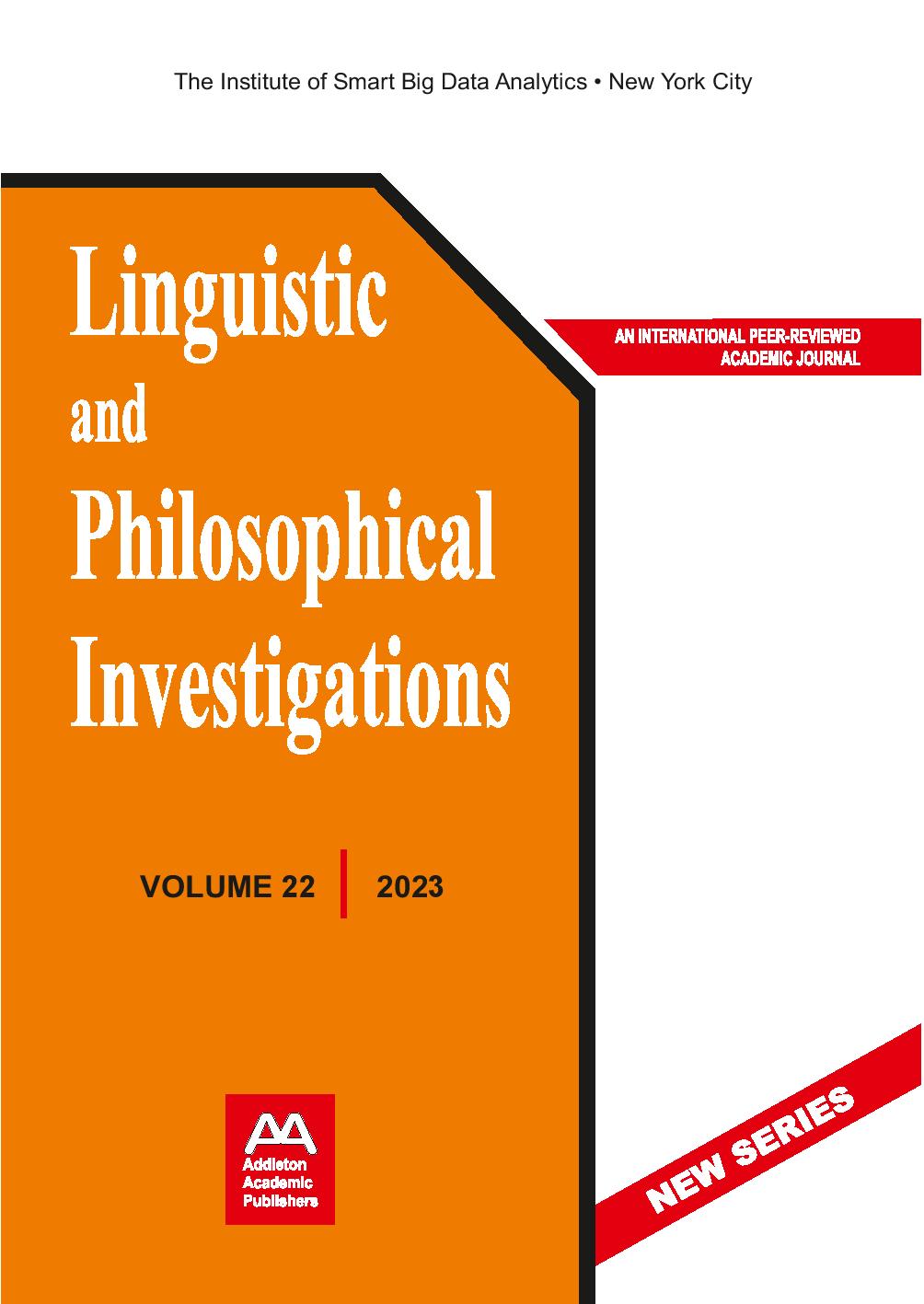Digital Twin and Metaverse Technologies, Geospatial Simulation and Sensor Fusion Tools, and Object Perception and Motion Control Algorithms in Immersive Hyper-Connected Virtual Spaces
Digital Twin and Metaverse Technologies, Geospatial Simulation and Sensor Fusion Tools, and Object Perception and Motion Control Algorithms in Immersive Hyper-Connected Virtual Spaces
Author(s): Susan WallaceSubject(s): Evaluation research, Management and complex organizations, ICT Information and Communications Technologies
Published by: Addleton Academic Publishers
Keywords: digital twin and metaverse technologies; geospatial simulation and sensor fusion tools; object perception and motion control algorithms;
Summary/Abstract: I draw on a substantial body of theoretical and empirical research on sensory data mining techniques, metaverse assets and services, and virtual twin and holographic imaging technology. With increasing evidence of immersive metaverse and remote sensing technologies, spatial computing devices, and blockchain token-based digital assets, there is an essential demand for comprehending whether 3D modeling and simulation technologies, data mining and virtual navigation tools, and photorealistic synthetic imagery shape extended reality environments. In this research, prior findings were cumulated indicating that the blockchain-based virtual economy integrates remote sensing and ontology-based semantic technologies, visual analytics systems, geolocation data mining and tracking, and 3D holographic avatars. I carried out a quantitative literature review of ProQuest, Scopus, and the Web of Science throughout January 2023, with search terms including “immersive hyper-connected virtual spaces” + “digital twin and metaverse technologies,” “geospatial simulation and sensor fusion tools,” and “object perception and motion control algorithms.” As I analyzed research published in 2022 and 2023, only 178 papers met the eligibility criteria. By removing controversial or unclear findings (scanty/unimportant data), results unsupported by replication, undetailed content, or papers having quite similar titles, I decided on 32, chiefly empirical, sources. Data visualization tools: Dimensions (bibliometric mapping) and VOSviewer (layout algorithms). Reporting quality assessment tool: PRISMA. Methodological quality assessment tools include: AMSTAR, Distiller SR, ROBIS, and SRDR.
Journal: Linguistic and Philosophical Investigations
- Issue Year: 2023
- Issue No: 22
- Page Range: 264-280
- Page Count: 17
- Language: English
- Content File-PDF

